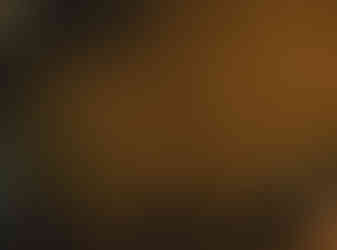at day's close
- j_a_laing
- Mar 2, 2020
- 2 min read
Putting together a proposal recently took me back to the inspiration for my night-time photography. It was prompted in 2014 when I read At Day's Close by Roger Ekirch. His insights to our relationship with the hours of darkness are fascinating. For instance, our natural, pre-industrial sleep pattern is bisected into first sleep and second sleep, and the night was previously divided into Sunset, Shutting-in, Bed-time, Candle-lighting, Midnight, The Dead of Night, Cock-crow, Dawn. Here's where it's taken me to...
Several years ago, my relationship with night-time began to change. The hours of darkness, which had become, over decades, thickened with questions of personal safety and propriety, were transformed into a series of magical, intimate and unexpected nightscapes. Through a process of open-minded observation of familiar places, human structures like hours and behavioural conventions were decentred and I emerged into rich new spaces where the air is soft and time unmeasured and uncritical. It began with the relocation of psychological barriers – commuting on unlit cycle paths with a friend, driving out of the city to witness phenomena in black skies, wandering in city streets with a camera in quiet hours. Photography and phenomenology became tools to unpack my fearful response to situations where there was nothing, really, to be afraid of. Through opening my eyes to available light, I confronted my particularly gendered, urban and contemporary fear of being alone, in the dark. Immersion in the photographic process – waiting for long exposures to tick down, for the chemicals in my eyes to adjust, for light to fade – instilled calm and patience and a new confidence that I have the right to be in the dark. The images included here represent specific contexts and light sources that I’ve found particularly intriguing. For instance, I’ve made an extensive study into the properties of low-sodium light as it disappears from our streets. The images submitted here have been taken using a DSLR to allow a high quality rendering of low light conditions, but I also document using my phone to capture passing moments of awareness. Whichever camera is used, all combine the photographer’s intention, the rendering of what isseen with the eye, and the surprise of what is picked up by the camera, in the shadows.





















